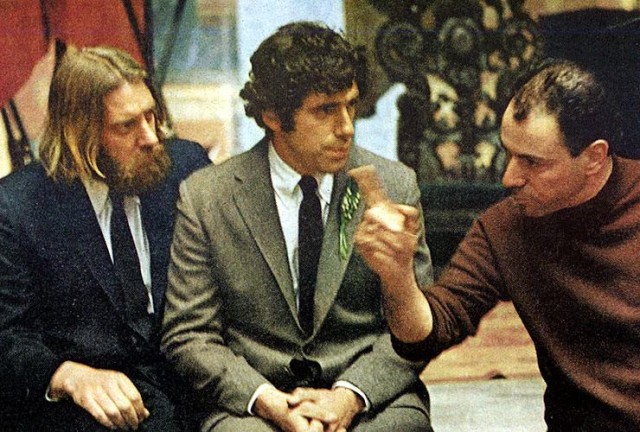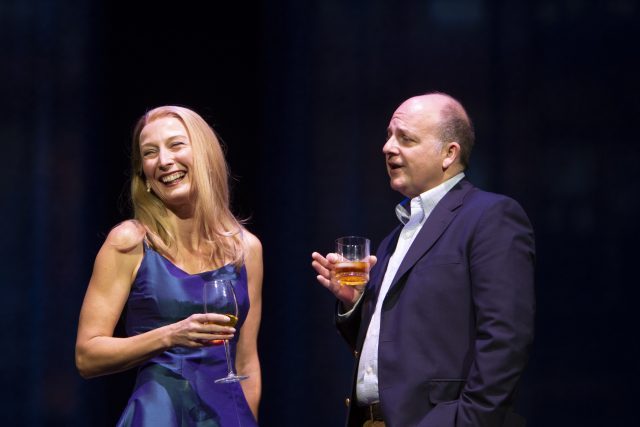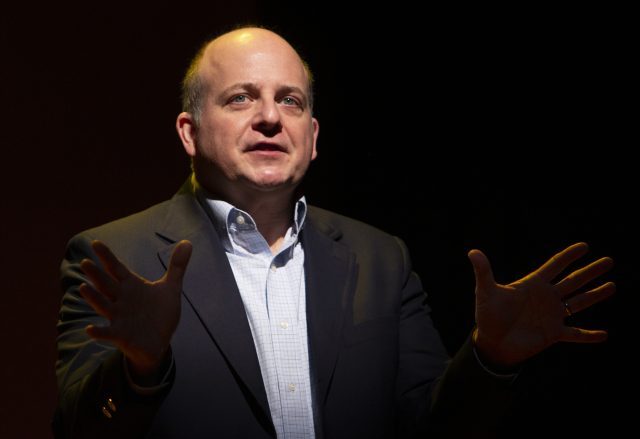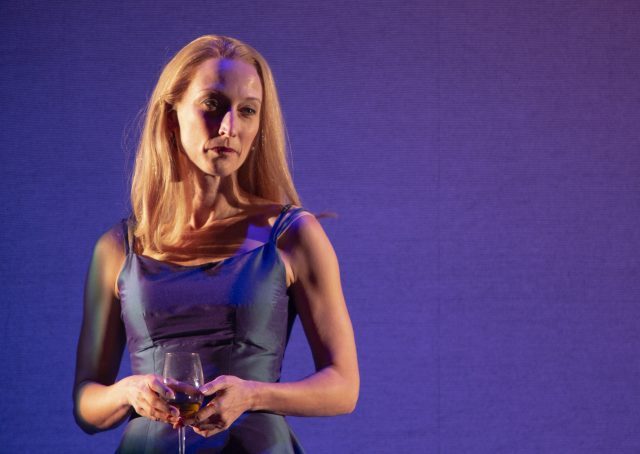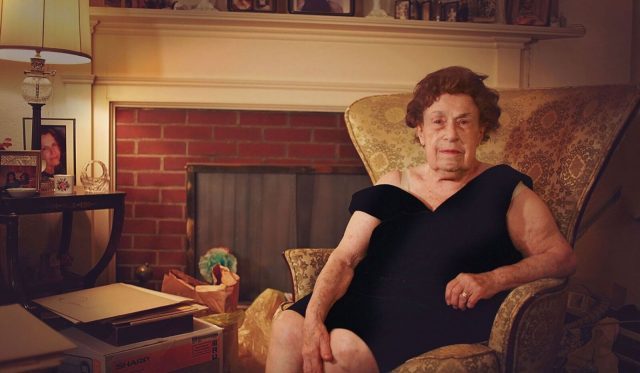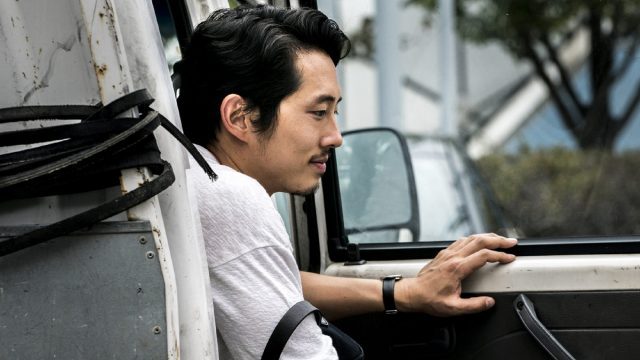
Lee Chang-dong’s Burning is first South Korean movie to make Oscar shortlist for Best Foreign Language Film
MoMA Film, Museum of Modern Art
11 West 53rd St. between Fifth & Sixth Aves.
February 1–9
212-708-9400
www.moma.org
Since his debut as a writer and director with 1997’s Green Fish, South Korean auteur has Lee Chang-dong has made only six feature films, which might actually add to his growing international reputation, especially with the success of his first film since 2010, Burning. MoMA will be screening all six works in the series “Cinema of Trauma: The Films of Lee Chang-dong,” running February 1-9, with Lee on hand for two postscreening discussions and one introduction. Based on the short story “Barn Burning” by Japanese author Haruki Murakami, Burning — the first South Korean film to be shortlisted for a Best Foreign Language Oscar — is a long psychological thriller, cowritten by Oh Jung-mi, about a wannabe young writer and slacker, Lee Jong-su (Yoo Ah-in), who bumps into an old classmate, Shin Hae-mi (Jeon Jong-seo), and starts up a new friendship with her, including taking care of her cat when she’s away. Lee is none too happy when she later shows up with Ben (Steven Yeun), who Jong-su thinks is wrong for her. Ben shares with Jong-su his penchant for burning down greenhouses, which only furthers Jong-su’s distrust of Ben, which does not please Hae-mi. At two and a half hours, Burning is long and slow moving, but it is also lushly photographed by Hong Kyung-pyo and deeply meditative, with a powerful ending that is worth waiting around for. Burning is showing February 1 at 6:30, followed by a Q&A with the sixty-four-year-old director, a former Minister of Culture and Tourism in South Korea, and again on February 9 at 7:00.

Lee Shin-ae (Jeon Do-yeon) reexamines her life in Secret Sunshine
SECRET SUNSHINE (MILYANG) (Lee Chang-dong, 2007)
Saturday, February 2, 3:30, followed by a discussion with the filmmaker
Monday, February 4, 6:30
www.moma.org
 Lee Chang-dong’s fourth film — and his first since 2002’s Oh Ah Shisoo (Oasis) — is a harrowing examination of immeasurable grief. After losing her husband, Lee Shin-ae (Jeon Do-yeon) decides to move with her young son, Jun (Seon Jeong-yeob), to Milyang, her late husband’s hometown. Milyang, which means “secret sunshine,” is a typical South Korean small town, where everyone knows everybody. Restarting her life, Shin-ae gets help from Kim Jong-chan (Song Kang-ho), a local mechanic who takes an immediate liking to her. But Shin-ae is more concerned with settling down with her son and giving piano lessons. But when a horrific tragedy strikes, she begins to unravel, refusing help from anyone until she turns to religion, but even that does not save her from her ever-darkening sadness. Cannes Best Actress winner Jeon gives a remarkable, devastating performance, holding nothing back as she fights for her sanity. Song, best known for his starring role in THE HOST, is charming as Jong-chan, a friendly man who is a little too simple to understand the depth of what is happening to Shin-ae. Don’t let the nearly two-and-a-half-hour running time scare you away; Secret Sunshine is an extraordinary film that does not feel nearly that long. Secret Sunshine will be showing at 3:30 on February 2, with Lee present for a postscreening discussion, and 6:30 on February 4 in MoMA’s “Cinema of Trauma: The Films of Lee Chang-Dong” series.
Lee Chang-dong’s fourth film — and his first since 2002’s Oh Ah Shisoo (Oasis) — is a harrowing examination of immeasurable grief. After losing her husband, Lee Shin-ae (Jeon Do-yeon) decides to move with her young son, Jun (Seon Jeong-yeob), to Milyang, her late husband’s hometown. Milyang, which means “secret sunshine,” is a typical South Korean small town, where everyone knows everybody. Restarting her life, Shin-ae gets help from Kim Jong-chan (Song Kang-ho), a local mechanic who takes an immediate liking to her. But Shin-ae is more concerned with settling down with her son and giving piano lessons. But when a horrific tragedy strikes, she begins to unravel, refusing help from anyone until she turns to religion, but even that does not save her from her ever-darkening sadness. Cannes Best Actress winner Jeon gives a remarkable, devastating performance, holding nothing back as she fights for her sanity. Song, best known for his starring role in THE HOST, is charming as Jong-chan, a friendly man who is a little too simple to understand the depth of what is happening to Shin-ae. Don’t let the nearly two-and-a-half-hour running time scare you away; Secret Sunshine is an extraordinary film that does not feel nearly that long. Secret Sunshine will be showing at 3:30 on February 2, with Lee present for a postscreening discussion, and 6:30 on February 4 in MoMA’s “Cinema of Trauma: The Films of Lee Chang-Dong” series.
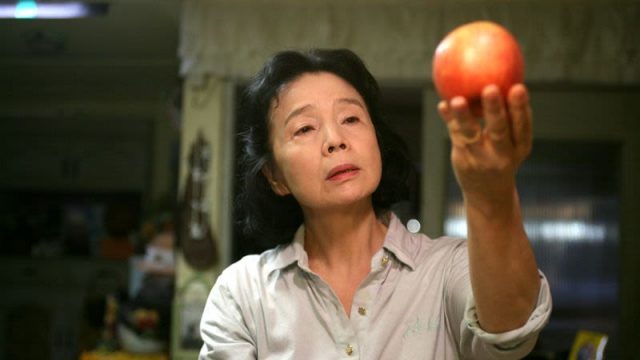
Yun Jung-hee returns to the screen for the first time in sixteen years in moving Poetry
POETRY (SHI) (Lee Chang-dong, 2010)
Sunday, February 3, 4:30
Wednesday, February 6, 7:00
www.kino.com/poetry
www.moma.org
 Returning to the screen for the first time in sixteen years, legendary Korean actress Yun Jung-hee is mesmerizing in Lee Chang-dong’s beautiful, bittersweet, and poetic Poetry. Yun stars as Mija, a lovely but simple woman raising her teenage grandson, Wook (Lee David), and working as a maid for Mr. Kang (Kim Hi-ra), a Viagra-taking old man debilitated from a stroke. When she is told that Wook is involved in the tragic suicide of a classmate (Han Su-young), Mija essentially goes about her business as usual, not outwardly reacting while clearly deeply troubled inside. As the complications in her life grow, she turns to a community poetry class for solace, determined to finish a poem before the memory loss that is causing her to forget certain basic words overwhelms her. Winner of the Best Screenplay award at the 2010 Cannes Film Festival, Poetry is a gorgeously understated work, a visual, emotional poem that never drifts from its slow, steady pace. Writer-director Lee (Peppermint Candy, Secret Sunshine) occasionally treads a little too close to clichéd melodrama, but he always gets back on track, sharing the moving story of an unforgettable character. Throughout the film he offers no easy answers, leaving lots of room for interpretation, like poems themselves. Poetry will be showing at 4:30 on February 3 and 7:00 on February 6 in MoMA’s “Cinema of Trauma: The Films of Lee Chang-Dong” series.
Returning to the screen for the first time in sixteen years, legendary Korean actress Yun Jung-hee is mesmerizing in Lee Chang-dong’s beautiful, bittersweet, and poetic Poetry. Yun stars as Mija, a lovely but simple woman raising her teenage grandson, Wook (Lee David), and working as a maid for Mr. Kang (Kim Hi-ra), a Viagra-taking old man debilitated from a stroke. When she is told that Wook is involved in the tragic suicide of a classmate (Han Su-young), Mija essentially goes about her business as usual, not outwardly reacting while clearly deeply troubled inside. As the complications in her life grow, she turns to a community poetry class for solace, determined to finish a poem before the memory loss that is causing her to forget certain basic words overwhelms her. Winner of the Best Screenplay award at the 2010 Cannes Film Festival, Poetry is a gorgeously understated work, a visual, emotional poem that never drifts from its slow, steady pace. Writer-director Lee (Peppermint Candy, Secret Sunshine) occasionally treads a little too close to clichéd melodrama, but he always gets back on track, sharing the moving story of an unforgettable character. Throughout the film he offers no easy answers, leaving lots of room for interpretation, like poems themselves. Poetry will be showing at 4:30 on February 3 and 7:00 on February 6 in MoMA’s “Cinema of Trauma: The Films of Lee Chang-Dong” series.
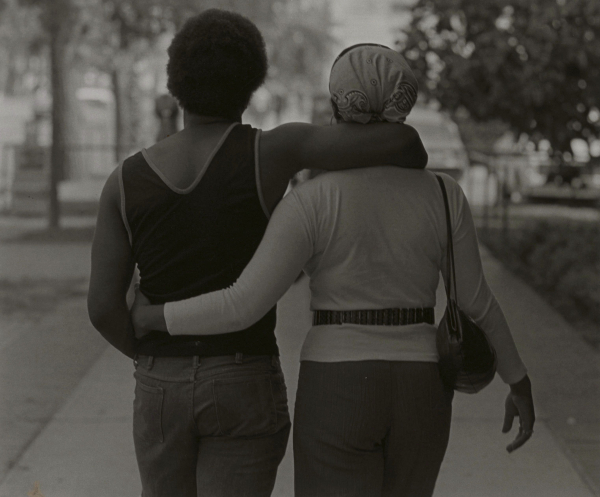
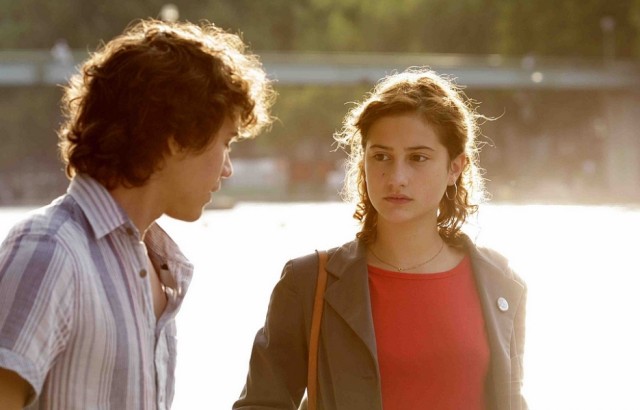
 French filmmaker Mia Hansen-Løve will be at Metrograph on February 4 to introduce a special screening of her third film, an infuriating yet captivating tale that runs hot and cold. Goodbye First Love begins in Paris in 1999, as fifteen-year-old Camille (Lola Créton) frolics naked with Sullivan (Sebastian Urzendowsky), her slightly older boyfriend. While she professes her deep, undying love for him, he refuses to declare his total dedication to her, instead preparing to leave her and France for a long sojourn through South America. When Camille goes home and starts sobbing, her mother (Valérie Bonneton), who is not a big fan of Sullivan’s, asks why. “I cry because I’m melancholic,” Camille answers, as only a fifteen-year-old character in a French film would. As the years pass, Camille grows into a fine young woman, studying architecture and dating a much older man (Magne-Håvard Brekke), but she can’t forget Sullivan, and when he eventually reenters her life, she has some hard choices to make. Créton (Bluebeard) evokes a young Isabelle Huppert as Camille, while Urzendowsky (The Way Back) is somewhat distant as the distant Sullivan. There is never any real passion between them; Hansen-Løve (All Is Forgiven,
French filmmaker Mia Hansen-Løve will be at Metrograph on February 4 to introduce a special screening of her third film, an infuriating yet captivating tale that runs hot and cold. Goodbye First Love begins in Paris in 1999, as fifteen-year-old Camille (Lola Créton) frolics naked with Sullivan (Sebastian Urzendowsky), her slightly older boyfriend. While she professes her deep, undying love for him, he refuses to declare his total dedication to her, instead preparing to leave her and France for a long sojourn through South America. When Camille goes home and starts sobbing, her mother (Valérie Bonneton), who is not a big fan of Sullivan’s, asks why. “I cry because I’m melancholic,” Camille answers, as only a fifteen-year-old character in a French film would. As the years pass, Camille grows into a fine young woman, studying architecture and dating a much older man (Magne-Håvard Brekke), but she can’t forget Sullivan, and when he eventually reenters her life, she has some hard choices to make. Créton (Bluebeard) evokes a young Isabelle Huppert as Camille, while Urzendowsky (The Way Back) is somewhat distant as the distant Sullivan. There is never any real passion between them; Hansen-Løve (All Is Forgiven, 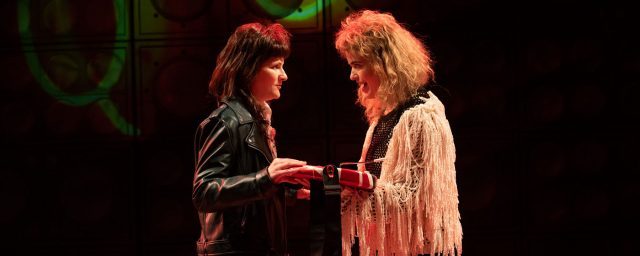
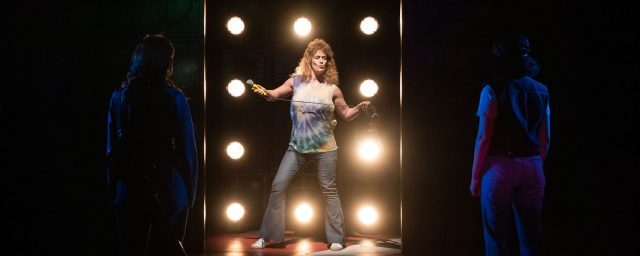

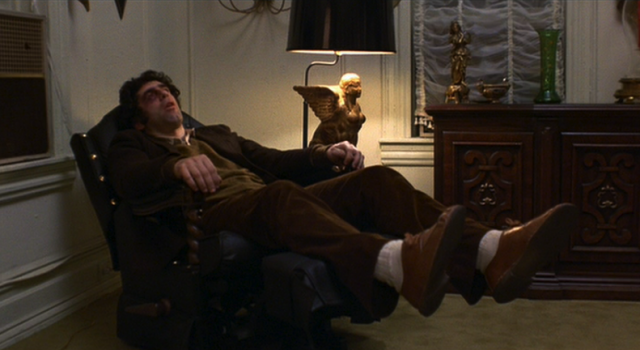
 Alan Arkin’s directorial debut is a hysterically absurdist foray into the urban paranoia that haunted a lawless New York City in the late 1960s and 1970s. Based on Jules Feiffer’s first play, which was a Broadway flop in 1969 but became a hit in London and off Broadway, Little Murders centers on the offbeat relationship between the determined and domineering Patsy Newquist (Marcia Rodd) and the calm, easygoing Alfred Chamberlain (Elliott Gould). They first meet when Patsy tries to save him from getting beaten up yet again by a group of thugs, but he doesn’t want any help; he never fights back, instead letting them tire themselves out. A former successful commercial photographer, Alfred now spends his time taking artistic pictures of feces he finds on the filthy streets. He and Patsy sort of start dating, but Alfred, who regularly says, “I don’t know what love is,” is too passive for Patsy, who makes it her project to mold him into a stronger man, as if he were one of her interior design projects. The black comedy reaches new heights when Alfred meets Patsy’s rather eccentric family, played by the three actors who originated the roles on the stage. Vincent Gardenia is her high-strung father who laments what has become of the city, Elizabeth Wilson is her prim and proper mother who only sees what she wants to see, and Jon Korkes is deliciously funny as her crazy brother, who finds humor in just about everything. Meanwhile, wherever Patsy goes, a heavy-breathing phone caller follows.
Alan Arkin’s directorial debut is a hysterically absurdist foray into the urban paranoia that haunted a lawless New York City in the late 1960s and 1970s. Based on Jules Feiffer’s first play, which was a Broadway flop in 1969 but became a hit in London and off Broadway, Little Murders centers on the offbeat relationship between the determined and domineering Patsy Newquist (Marcia Rodd) and the calm, easygoing Alfred Chamberlain (Elliott Gould). They first meet when Patsy tries to save him from getting beaten up yet again by a group of thugs, but he doesn’t want any help; he never fights back, instead letting them tire themselves out. A former successful commercial photographer, Alfred now spends his time taking artistic pictures of feces he finds on the filthy streets. He and Patsy sort of start dating, but Alfred, who regularly says, “I don’t know what love is,” is too passive for Patsy, who makes it her project to mold him into a stronger man, as if he were one of her interior design projects. The black comedy reaches new heights when Alfred meets Patsy’s rather eccentric family, played by the three actors who originated the roles on the stage. Vincent Gardenia is her high-strung father who laments what has become of the city, Elizabeth Wilson is her prim and proper mother who only sees what she wants to see, and Jon Korkes is deliciously funny as her crazy brother, who finds humor in just about everything. Meanwhile, wherever Patsy goes, a heavy-breathing phone caller follows.